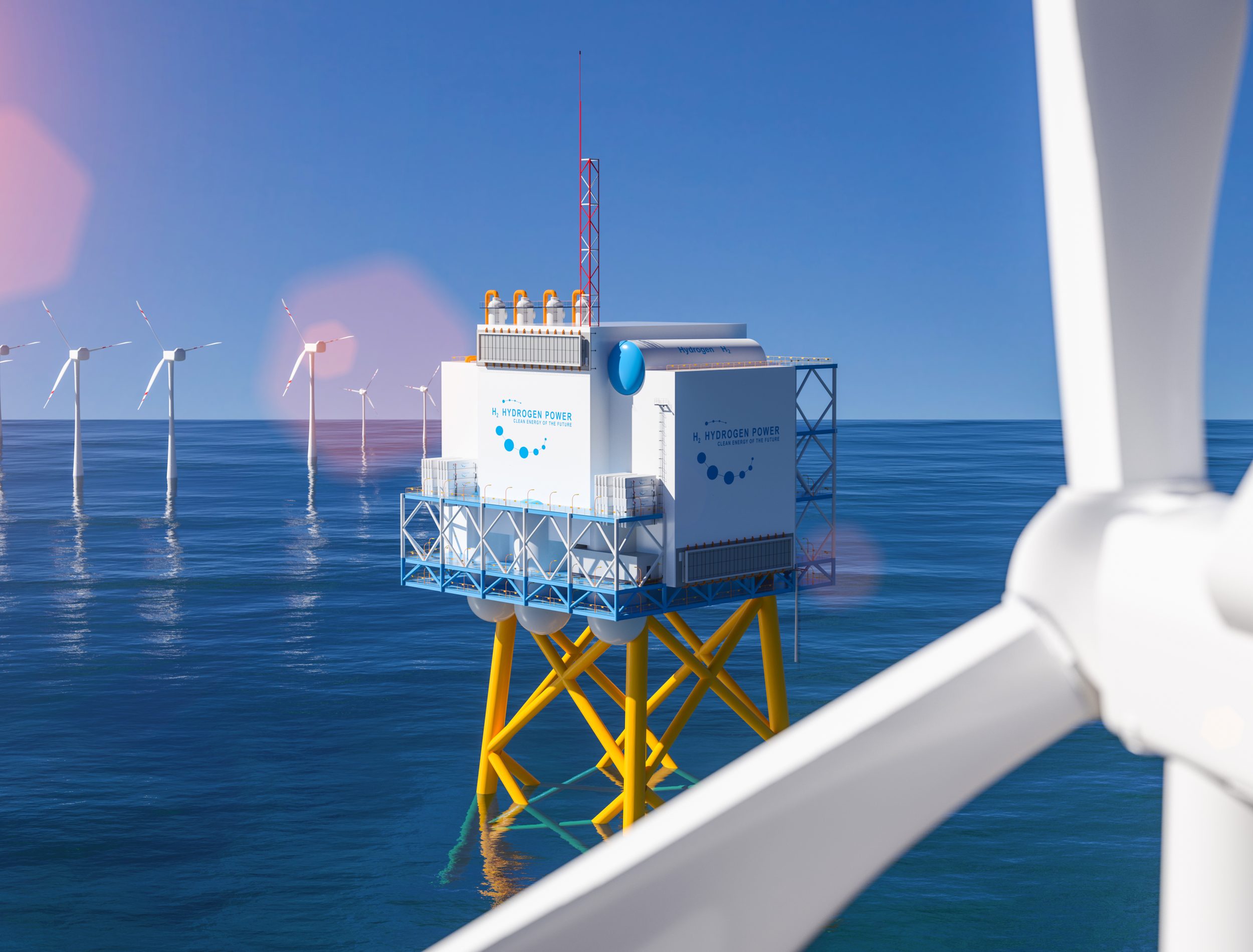Explosion-proof Equipment Design
Explosion-proof equipment for Class I, Div 1 or 2, Group B applications are designed and manufactured strong enough to contain an explosion and prevent the escape of a flame or heat that could ignite the surrounding atmosphere. Burned gases do escape from explosion-proof equipment. However, their escape path has been engineered so the temperature of the escaping gas is well below its ignition point when it escapes into the surrounding atmosphere. This can be done in several engineering methods depending on the product, such as labyrinth-path and ground joint construction. Other means of ensuring equipment is explosion-proof are sealing it to prevent entry of flammable gas, encapsulation in resin or oil immersion, pressurization with inert gas to displace hazardous substances, or limiting the temperature of its external surfaces. Electrical equipment subjected to this environment must also provide protection from the ingress of liquids or dust to maintain proper operation.
CONCLUSION
Reducing the risk of hydrogen explosions and fires requires classifying areas of the operation as hazardous. Because hazardous area classification can be a complex and daunting task, consult NFPA70 (National Electric Code), NEC Articles 500-516, and NFPA 497 (Classification of Flammable Liquids, Gases, or Vapors and of Hazardous (Classified) Locations for Electrical Installations in Chemical Process Areas).





